Of the 4 regions of Ecuador, the Amazon is one of the most lush and enchanting, comprising the provinces of Orellana, Pastaza, Napo, Sucumbíos, Morona Santiago, Zamora Chinchipe. It extends over an area of 120,000 square kilometers of lush vegetation, typical of tropical humid forests.
Its boundaries are marked by the Andes Mountains in the western part, while Peru and Colombia are the southern and eastern limits, respectively.
The Amazon rainforest covers 46% of the territory of Ecuador. With an area of 138,000 km2, Ecuador is one of the richest countries in fauna and flora of the world, this country represents 0.2% of the total surface of the planet and holds 10% of the vegetation species and 18% of the species of birds. The largest part of this biological wealth is concentrated in the Amazon region, where about one fifth of the total area is home to one fifth of the world’s plant species.
The beauty of the Amazon, its landscapes, rivers, flora, fauna and its people draw travelers from around the world. Every day, it welcomes new visitors looking for adventure and new experiences. As a part of many Ecuadorian Amazon tours, visitors stay in different lodges, many of them managed by indigenous communities where guests can learn more about local cultures, or board scenic river cruises.
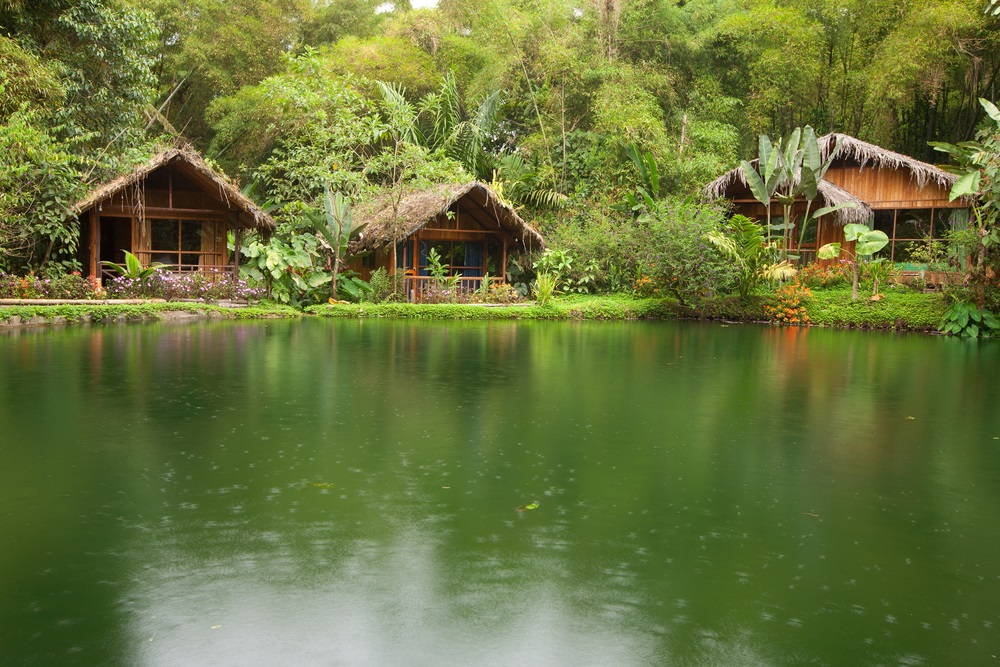
The Ecuadorian Amazon region is protected in the following parks and reserves: Yasuní, Cuyabeno, Cayambe, Coca, Sangay, Sumaco , and Galeras, among others.
The Amazon ecosystem, especially its tropical rainforest, contains the richest and most complex plant and animal habitats in the world, the existence of a prolific flora and fauna along with extraordinary variations of macro and micro habitats are the most important characteristics of this region.
In the Amazonian region of Ecuador, the climate is warm, humid and rainy and the temperature varies between 23 Cº and 26 Cº, is the habitat of several indigenous groups and tribes such as Huaorani, Shuar, Ashuar, Kichwa, Siona Secoya, Cofan, Zaparo and Quijos, all of whom still live traditionally, maintaining their customs and traditions.
These people and indigenous groups who have lived in the Amazon rainforest for thousands of years, keeping their ancestral traditions alive, exhibiting their customs, rituals and wisdom acting as the guardians of the world’s biodiversity and conserving this unique ecosystem for future generations.
Provinces of the Ecuadorian Amazon
Sucumbíos
The capital of Sucumbíos is Nueva Loja also known as Lago Agrio. It is the fifth largest province of the country, Sucumbíos is characterized by its humid, tropical climate. The province has some impressive ecological reserves, such as the Cuyabeno National Park which has an immense biodiversity, both in flora and fauna and complex system of 13 lagoons, rivers and tropical forest in an area of 603,000 hectares. The Reserve is home to rare species, such as the mythical pink river dolphin, the Hoatzin.
Orellana
Orellana is one of the youngest provinces in the country. It was created in 1998 when it is separated from Napo. It has a beautiful landscape and a wealth of flora and fauna. Among its main attractions are the Yasuni National Park, declared by UNESCO as a Biosphere Reserve.
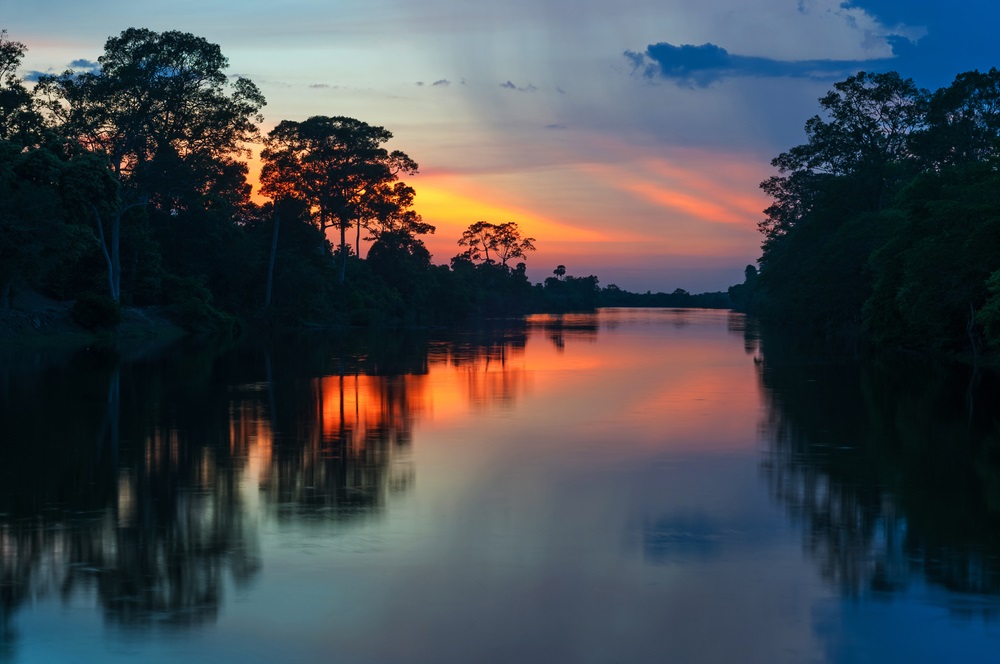
Morona Santiago
Morona Santiago has as capital the city of Macas. It is rich in natural beauty, with many rivers and a variety of species of trees such as cedar, mahogany, cannelloni, and laurel. This province has tourist attractions such as the Tayos Cave, the valleys of the Upano River, Condor Binational Park and is home to several indigenous nationalities.
Napo
Napo is located northeast of Ecuador. The capital is Tena. The province of Napo has different natural resources, and invites to be visited by its beautiful natural sites, its main tourist attractions are San Rafael Waterfall (seen above), Papallacta hotsprings and Lagoons, Puerto Misahualli, and Jumandy Caves.
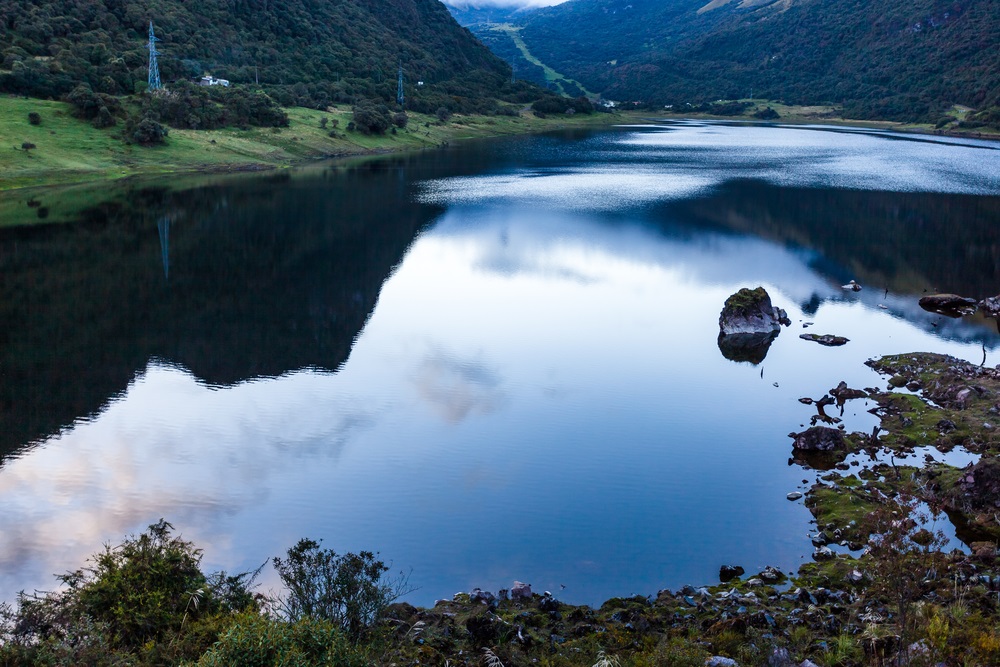
Pastaza
Pastaza receives its name from the Pastaza River, which separates it to the south of the province of Morona Santiago. Its capital is the city of Puyo. Today it is one of the best tourist places to get in touch with nature and to live an adventure in the Amazon, it is also home to the majority of Amazonian nationalities Andoas, Záparas, Huoranis, Achuar, Shiwiar, Shuar, and exotic flora and fauna.
Zamora Chinchipe
The capital of Zamora Chinchipe is Zamora. La Zamora-Chinchipe has a variety of reserves such as the Podocarpus National Park which has a lush vegetation with over 4,000 species of plants and an endless variety of orchids, this park has waterfalls, rivers with crystalline waters, deep canyons, lagoons with rocky beds, all with an extraordinary beauty.
The capital of Zamora Chinchipe is Zamora. La Zamora-Chinchipe has a variety of reserves such as the Podocarpus National Park which has a lush vegetation with over 4,000 species of plants and an endless variety of orchids, this park has waterfalls, rivers with crystalline waters, deep canyons, lagoons with rocky beds, all with an extraordinary beauty.
If you are looking to visit Ecuador you can enjoy the beauty of the country with a variety of Ecuador tours or learn all the tips and tricks to planning your next vacation, please subscribe to our Tours4fun Newsletter for exclusive deals.
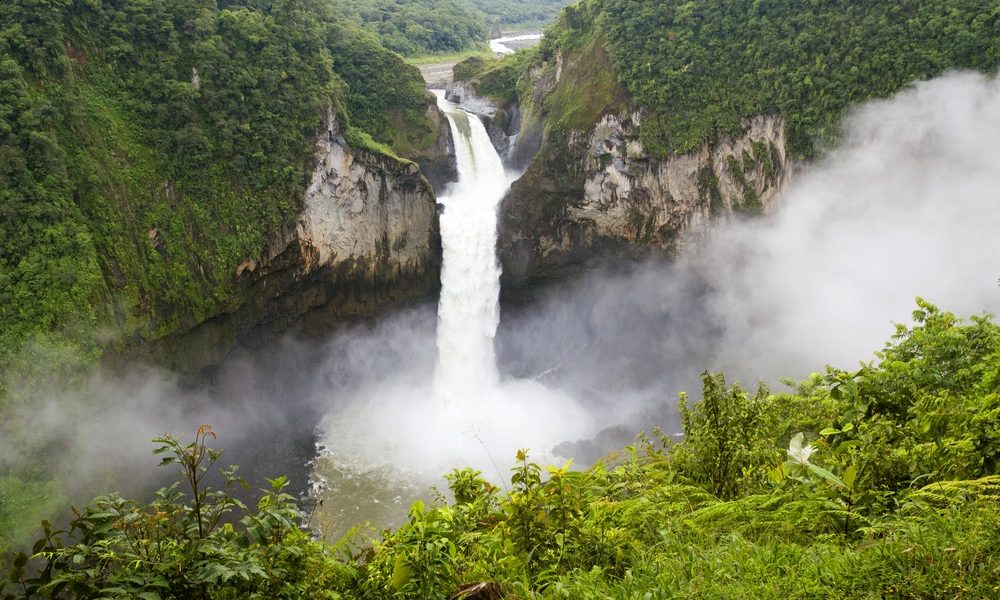
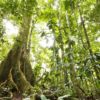
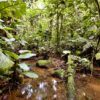
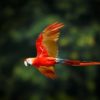
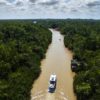
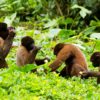
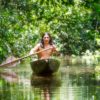

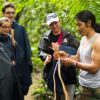
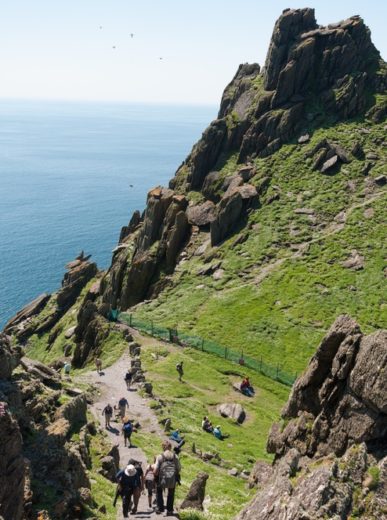




There are no comments.